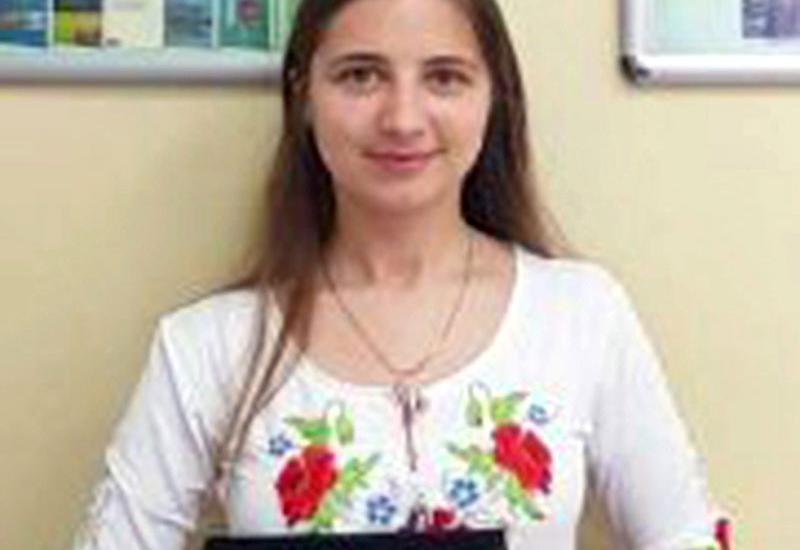Is it possible to generate electricity from wastewater, organic waste, or biomass? Yes, according to bioenergy and electrochemists. Microbial fuel cells have the potential to create efficient and sustainable energy sources.
The Department of Bioenergy, Bioinformatics, and Ecobiotechnology at the FBT is convinced of this. They are researching microbial fuel cells (MFCs) with microalgae, a technology that allows for the simultaneous treatment of wastewater and generation of electricity.
From the history. One of the first papers to demonstrate the possibility of bioelectrochemical conversion of organic matter into electrical energy in a microbial fuel cell was written by British biologist Michael Cressey Potter. It happened in 1911.
Since then, MFC research has expanded significantly, and now there are many modifications and integrated systems: soil MFCs, benthic MFCs, wetland MFCs, and MFC-based biosensors, biocomputers, and robots (autonomously powered by MFCs). There are also MWPEs that absorb carbon dioxide and modifications of MWPEs that can desalinate seawater, which is especially important for regions with a lack of fresh water. That is, the MWPEs being studied today are in demand in various areas of human activity.
At the Department of Bioenergy, Bioinformatics and Ecobiotechnology, Professor Yevhen Kuzminsky, Associate Professor Kateryna Shchurska, Senior Lecturer Liudmyla Zubchenko, Iryna Samarukha and others have devoted their research to microbial fuel cells. The results were published in professional publications, dissertations, and at scientific and practical conferences.
According to the scientists, the main components of the MPE are a bio-cathode and a bio-anode placed in the anode and cathode chambers and connected by an external electrical circuit. The chambers are separated by a membrane or salt bridge.
Microorganisms on the bioanode decompose organic matter with the release of electrons and protons. The electrons pass through the outer circuit and the protons pass through the membrane to the biocathode, where they combine with oxygen molecules to form water molecules. This is how the bioelectrochemical conversion of organic compounds into electricity takes place.
Researcher. PhD student Dina Koltysheva became interested in MPE during her undergraduate studies when she studied biocathodes as part of a course and was inspired by the results of her senior colleagues. In particular, she investigated wastewater treatment processes using activated sludge and higher aquatic plants, studied the formation of exoelectrogenic biofilms and the processes of generating current and voltage in full microbial fuel cells. "Today, the main obstacles to the introduction of MFCs are the need to use platinum or catalysts," says the researcher. "They increase the cost of the technology and can cause secondary environmental pollution.
Accordingly, the scientists propose to use microalgae in the cathode chamber, which produce oxygen and also capture carbon dioxide in the process of photosynthesis. "Such MPEs are called complete," the scientist continues, "because both the anode and cathode chambers contain a biological component. That is, we have a bioanode with microorganisms that are able to carry out bioelectrochemical conversion of organic compounds with the release of electrons to the anode, and a bio-cathode with microalgae that produce oxygen." But every answer we get raises a number of new questions. For example, how microalgae affect MPE, and how current and voltage affect microalgae. What to do with the growth of microalgae biomass, how lighting changes affect electricity generation, how long can MPEs with microalgae generate current and voltage, etc.
"It is new and new challenges, constant search for previous results in the literature, planning and conducting experiments that fascinate the researcher in her scientific work," say the PhD student's colleagues. "Her research activities during her postgraduate studies resulted in a publication in a scientific professional journal and 2 publications in periodicals indexed in the Scopus database. She also participates in international and national scientific and practical conferences. Moreover, the scientific results obtained have been implemented in the educational process. In particular, her lectures on MPE for students majoring in Biotechnology and Bioengineering interested the students and encouraged them to explore these issues in more detail."
Today, the PhD student continues to study, work, and learn from the scientific and pedagogical experience of her senior colleagues, and she is extremely grateful to her mentors for this opportunity. It is quite obvious that scientific research must be translated into real results. The academic scholarship of the Cabinet of Ministers of Ukraine recently awarded to the young researcher will contribute to this, as a recognition of the importance and prospects of her work and an incentive for further work.
For the future. After completing her PhD, the researcher plans to continue studying MPE and working with students. She likes the sincere interest of young people in new things and their desire to learn the unknown. "MEMS research is promising in both bioenergy and eco-biotechnology, and can potentially expand knowledge of basic sciences, in particular in understanding Quorum sensing (the ability of microorganisms to "communicate" through molecular signals). They allow us to learn about the processes associated with extracellular electron transfer, understanding the effect of electric current on photosynthesis, and much more," the young scientist believes. So, the work ahead is over the horizon. And no matter where they go, success and recognition await them.

